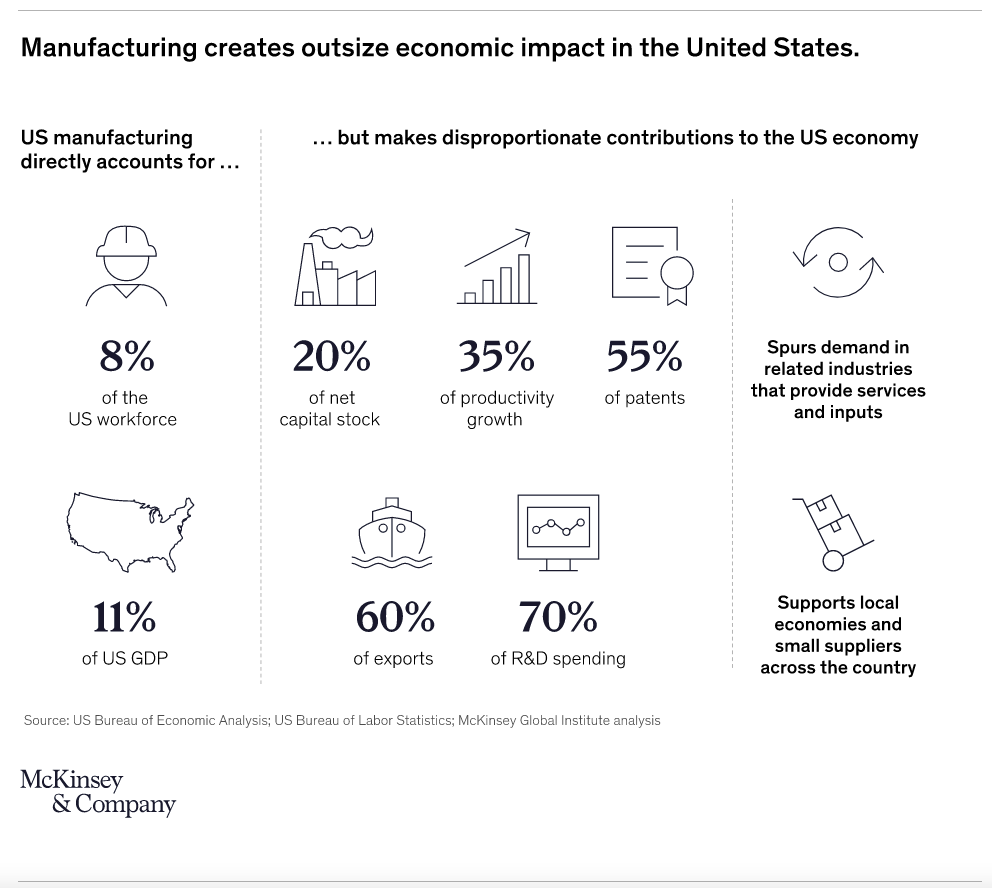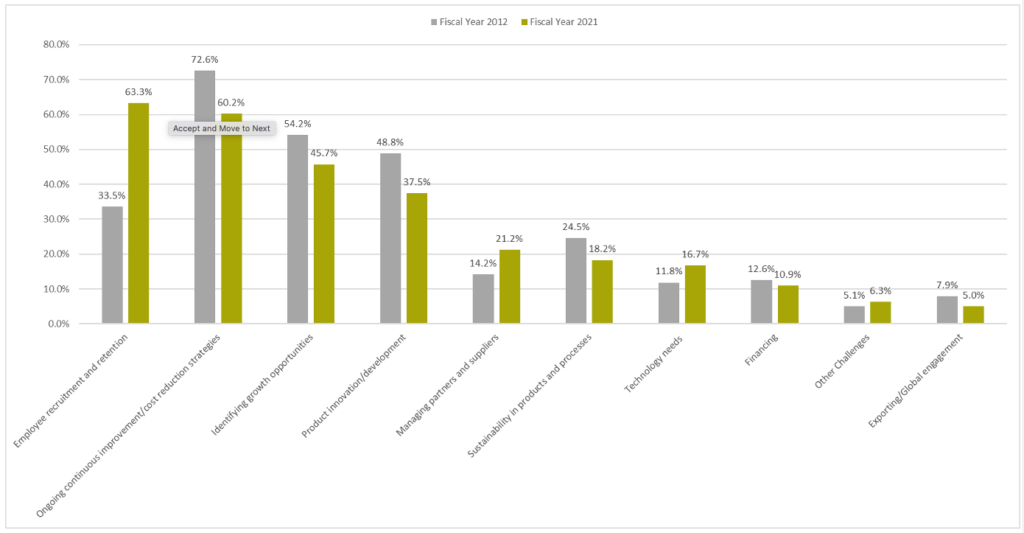By: Megean Blum and Nico Thomas

When Nico asked me if I wanted to collaborate on this year’s challenges blog, my second thought after agreeing to the idea was a scene from the 2007 film “Music and Lyrics,” which I likely have not seen since approximately 2008. Why this popped into my head is unknown but ha! POP! I had forgotten that was the name of Hugh Grant’s singing group and part of the title of their hit song. The hip move! I may have been over-caffeinated or under-caffeinated — the line can be so fine — but as Nico and I started talking about our findings and plotting our structure, that’s what came to mind. Music and lyrics! Peanut butter and jelly! Cinnamon and raisins! We’ve got this!
For those who may lack encyclopedic recall of rom coms from the aughts, “Music and Lyrics” is a romantic comedy starring Hugh Grant and Drew Barrymore. The pair are presented as something of an odd couple attempting to bring their respective strengths together — his for composition, hers for lyric writing — and create between them a mega-hit for their movie world’s reigning pop superstar. First, however, they have to argue their way toward understanding that both music and lyrics are important; it’s not just the melody or the words — it’s how you bring them together. Writing a hit requires collaboration and bringing together a number of moving pieces into a coherent whole; a whole that was, pardon the cliché, more than the sum of its parts, and one where each piece comes to the front in its time.
NIST MEP Survey Provides Important Insights
As long-time fans of the MEP National Network™ (and our blog) know, the “challenges” blog is an annual tradition. As part of the annual National Institute of Standards and Technology (NIST) Manufacturing Extension Partnership (MEP) Survey, we ask MEP Center clients to identify the top three challenges their companies face over the next three years from a pre-determined list. In the past, we’ve received responses from thousands of clients, providing us with insights into not only where manufacturing is, but also where it has been and, hopefully, where we’re going, along with all the moving pieces that keep the symphony of industry going. (Yeah, yeah, are you not entertained? It’s a good line! Everyone’s a critic …) This knowledge can help guide our focus — in fact, the challenges that have grown the most during the past 10 years align with MEP’s current programmatic focuses on workforce, supply chain and technology.
Fiscal Year 2021’s responses had a new frontrunner, a new top challenge reported by MEP clients — employee recruitment and retention. In fact, employee recruitment and retention has grown 29.8% as an MEP client challenge during the past 10 years, the highest increase for any reported challenge in the MEP survey. This aligns with the workforce challenge we are seeing nationally, and not only because of the COVID-19 pandemic impacts. Back in April, Reuters reported on the state of U.S. manufacturing according to the Institute for Supply Management’s (ISM) Manufacturing Business Survey. That poll found concerns about employee quit rates and the ability to meet headcount targets, as well as an upward trend in difficulty filling positions and a near-record number of job openings. Economists in that story cite a general lack of available labor as a driver. MEP Centers provide a robust slate of workforce services and, if you’d like more information on connecting with one in your state, contact information is available on the NIST MEP website.
Managing partners and suppliers has grown the second most as a client challenge during the past 10 years and the global pandemic has only brought the U.S. dependence on global supply chains for industrial and consumer goods into a brighter spotlight. Significant U.S. domestic manufacturing base gaps exist, highlighting lack of resilience in manufacturing supply chains and undermining U.S. economic and national security and public health. On the upside, insofar as there is an upside to a problem this large, people are aware and working on it already.
NIST MEP’s Supplier Scouting service identifies domestic manufacturers to produce hard-to-source and critically needed supply chain items (including personal protective equipment (PPE) and medical supplies). By leveraging our extensive relationships and knowledge of U.S. manufacturer capabilities, we are able to identify manufacturers’ production and technical capabilities and connect them with supply chains of larger companies and government agencies. Supplier Scouting can be applied on a national, regional or local scale and provides a viable means by which U.S. manufacturing can be catalyzed to produce needed items domestically.
Technology has grown the third most as a client challenge during the past 10 years. Small and medium-sized manufacturers (SMMs) need assistance bridging the gap between their state of practice and the state-of-the-art options available to U.S. manufacturers. Nearly 99% of all U.S. manufacturing establishments have fewer than 500 employees (the definition of an SMM) and around 91% have fewer than 100. All told, these establishments employ approximately 71% of the domestic manufacturing workforce.
The technology adoption gap represents an opportunity for the country, for these companies, for their workers and for the MEP program. Industry 4.0 technologies, for example, can raise productivity by up to 40% and transform some scale-based activity into flexible production. Technology may, as discussed in this US Census Bureau paper, “Advanced Technologies Adoption and Use by U.S. Firms: Evidence from the Annual Business Survey,” be a “great equalizer” for smaller/younger firms … but it could also prove to be another gulf to cross if only larger firms adopt.
It can sound a bit pat to talk about opportunities when someone is just trying to survive in a newly extra-complex environment with a novel virus floating around, but we’re also talking about strategy, about how to help build U.S. manufacturing and the U.S. economy. McKinsey & Company’s “Building a More Competitive US Manufacturing Sector” recently found that the U.S. has opportunities to improve its competitiveness, but U.S. companies will need to catch up with global leaders in technology adoption and process improvements to truly make the most of these prospects. However, if we can, the potential could be enormous — a more than 15% boost to the sector’s annual Gross Domestic Product (GDP) and up to 1.5 million new jobs. And MEP Centers stand ready to help SMMs adopt and implement new, advanced technologies. Learn more about MEP’s Advanced Manufacturing Technology Services.

All other client challenges have decreased as a percentage of reported challenges during the past 10 years. For comparisons across the decade, see the list and chart below.
| Top 3 client challenges in 2012: | Top 3 client challenges in 2021: |
|---|---|
| 1. Cost reduction strategies – 73% | 1. Employee recruitment/retention – 63% |
| 2. Identifying growth opportunities – 54% | 2. Cost reduction strategies – 60% |
| 3. Product innovation/development – 49% | 3. Identifying growth opportunities – 46% |

The data shows that building a solid workforce is a vital, foundational step. A 2021 study published by Deloitte and The Manufacturing Institute found that as many as 2.1 million manufacturing jobs will be unfilled through 2030 without strong action, a worker shortage that could cost the U.S. economy up to $1 trillion by 2030. Success in all things, like in writing a popstar’s mega-hit, takes music and lyrics — but if we can find the path forward and get the mix right, amazing things could happen. We’ll leave the reader to decide where each piece fits in their own metaphorical songwriting attempts. (Or literal, everyone has to have a dream. Live your best life.) If you’d like help with living your best manufacturing life, the MEP National Network is here to help. Contact WMEP Manufacturing Solutions, your Wisconsin MEP Center. “Our operators are standing by!”
P.S. — Drew, Hugh? If you’re reading this, we love your work. Together and separately. Paddington 2? A masterpiece. One of our authors remains upset she never got season 4 of Santa Clarita Diet.
Data and Trends and MEP National Network
ABOUT THE AUTHOR
Megean Blum
Megean Blum is a business specialist working with the Program Evaluation and Economic Research group at NIST MEP.

Nico Thomas
Nico Thomas is a Performance Analyst at NIST MEP, working with the Program Evaluation and Economic Research group to help provide tools and information to maximize U.S. manufacturing competitiveness